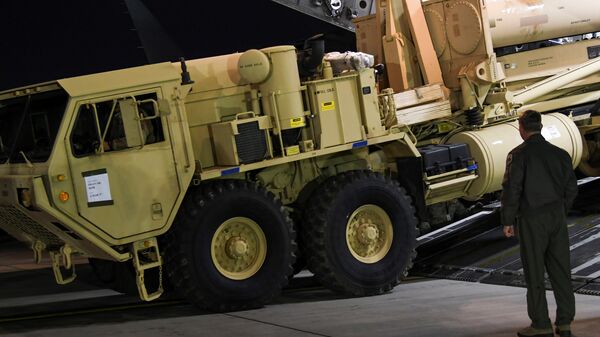Davenport, Director for Nonproliferation Policy at the US-based Arms Control Association, mentioned two ways that the system developed in the 1990s could be bypassed.
"You have to weigh the costs and benefits of THAAD. THAAD may be able to provide South Korea with some limited protection against a ballistic missile attack. However, THAAD can be overwhelmed if North Korea launched a barrage of missiles. North Korea could also use submarine-launch ballistic missile capabilities which it is currently developing to move outside of the THAAD radar and launch a ballistic missile attack from sea. So THAAD has some serious limitations in terms of providing protection for South Korea," she said.
The analyst expressed doubt that deploying THAAD is the smartest move for both Washington and Seoul since the measure will most likely further complicate the already tense relations of the two allies with China.
"And it certainly is not going to solve the North Korean nuclear and missile problem," she added.
The test took place days after the United States and South Korea kick-started massive military drills, known as Foal Eagle 2017. The war games were launched on March 1 and are expected to wrap up on April 30. Approximately 3,600 US troops were sent to South Korea, in addition to the 28,000 US service personnel already stationed in the country, to take part in the exercise.
"The timing of these tests is certainly not a surprise. The US and South Korea are currently involved in joint military exercises and North Korea always views this as a source of provocation. Responses like ballistic missile tests are certainly par for the course during these exercises," the analyst said. "I think we will see a lot of condemnation and likely a discussion of whether or not there can be additional sanctions that can be imposed on North Korea this time to try and continue to halt new developments in North Korea's missile program."
Davenport also suggested that the Trump administration has to reevaluate its policy towards North Korea and "really revise its approach."
Have you heard the news? Sign up to our Telegram channel and we'll keep you up to speed!


